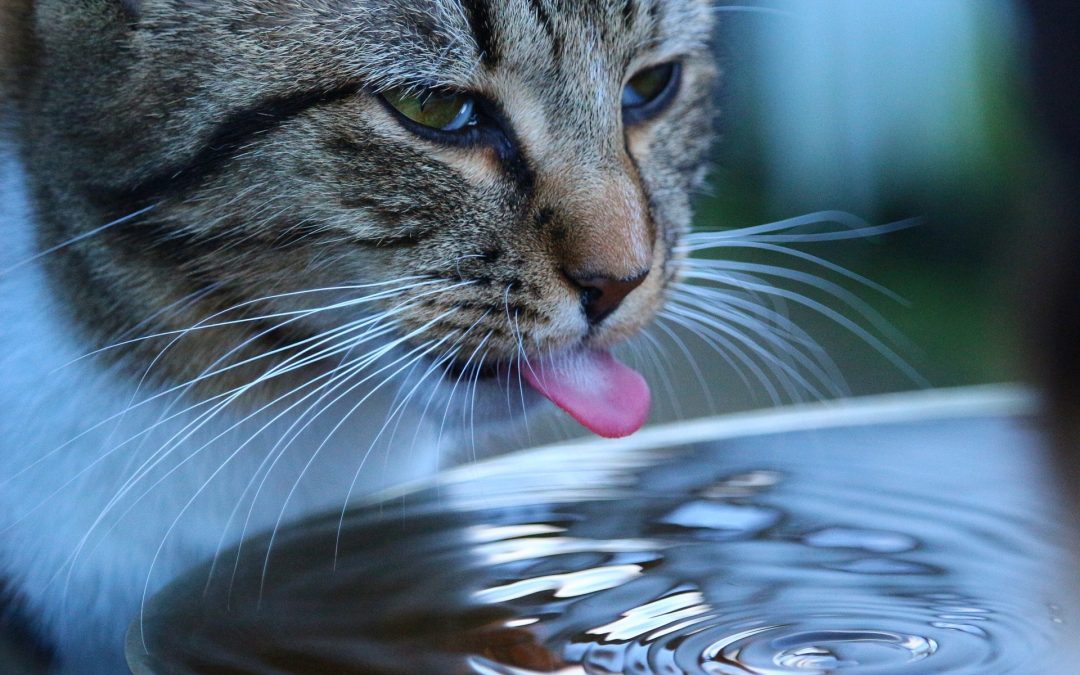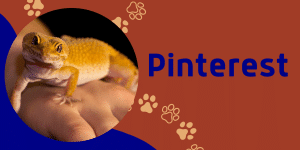1. Refrain from using plastic bowls.
Bacteria and scum buildup occurs in plastic bowls (particularly in the grooves/scratches/micro-abrasions) which in turn causes feline acne. What is feline acne? Abscesses appear around the cat’s nose and mouth and chin. Who wants a vet bill and a cat that’s fighting this infection? Instead, use non-porous bowls or dishes such as glass, ceramic or stainless steel. These are much easier to clean and sanitized for you and your pet sitter, a great tip for when you are with or when you leave your pets.
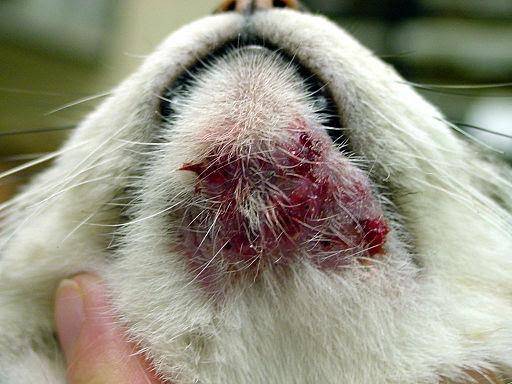
2. Favour the size, shape, and depth of bowls used.
Many cats (especially older or ill cats) prefer their whiskers not to touch the sides of the bowls. Cats usually prefer shallow and wide bowls or dishes. When you witness a cat pawing out their food and water this could be a sign that they have sensitive whiskers and will fish out their consumables to avoid discomfort. Try different shapes of bowls if you notice cats nudging at the bowls or leaving food on the sides of the bowls untouched.
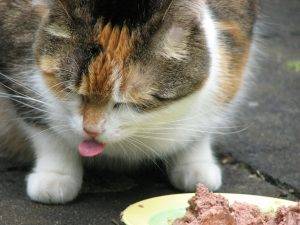
3. Consider the placement of the bowls as a priority.

This tip is an important one! Most cats don’t like eating or drinking close to their litterbox. The dust from the litter changes the taste of the food and water. Nevertheless, the smells associated with a litterbox cat turn off a cats appetite. Also, avoid potential stress by placing the food and water dishes/bowls in a quiet area where there is minimum traffic and noise. If you have more than one feline then place the bowls separate from each other to avoid competition or food aggression. As you can see in this picture the bowls are too close to each other. If dogs are around keep the cats feeding and drinking areas away from them too.
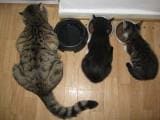
4. Have several water bowls available.
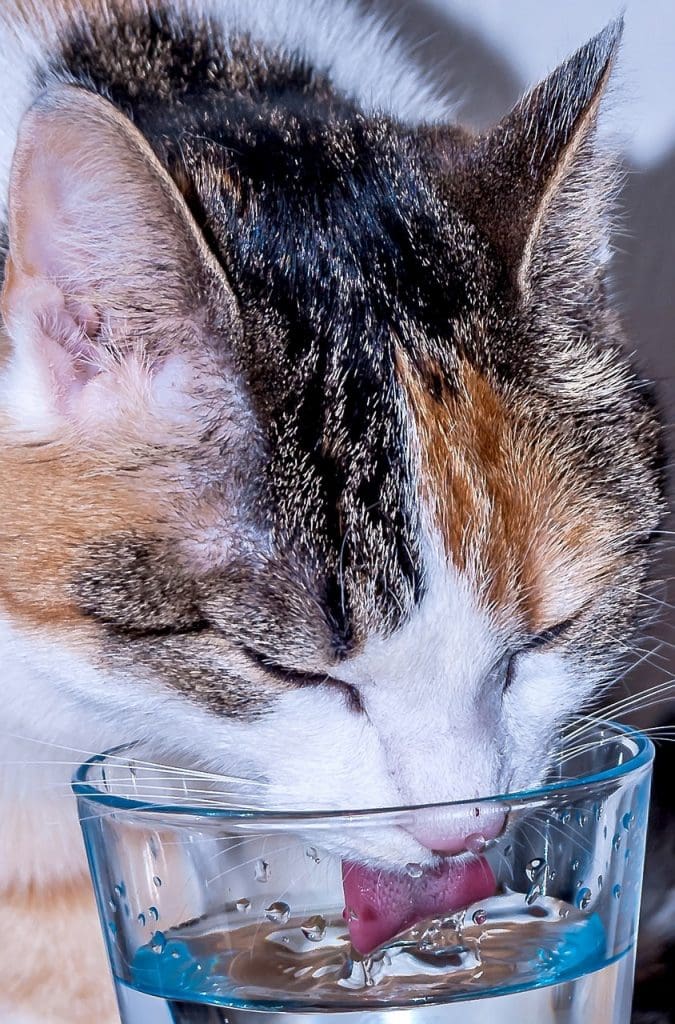
Don’t limit just one beside the food bowl. Some cats prefer to keep their fluid intake separate and away from their meat and potatoes 🙂 Place water bowls in different locations of the house to encourage cats to drink. This will help picky drinkers and lesson dehydration problems. Water bowls and good practices. Please refer to Corks Critter Care blog called 14 Ways to Encourage a Cat to Drink Water
5. Keep the Bowls/Dishes Clean.
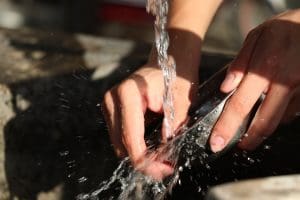
Wash the cat dishes daily with soap and water and rinse them off well. Can food, semi-moist, or raw food dishes definitely needs cleaning after each use to avoid salmonella poisoning. Even dry food bowls need cleaning as dry food is usually oily and contain fats that can spoil and attract bacteria.
6. Enrich the cats’ environment with different feeding devices.
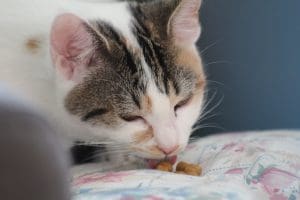
Not all feedings need to be mundane and plain jane. Place pieces of food in toys, favorite sleeping areas, hide-and-seek games, or playful food puzzles (DYI or Bought). Be creative and allow your cats natural instincts to hunt come out which also provides them some mental stimulation and gain exercise.
